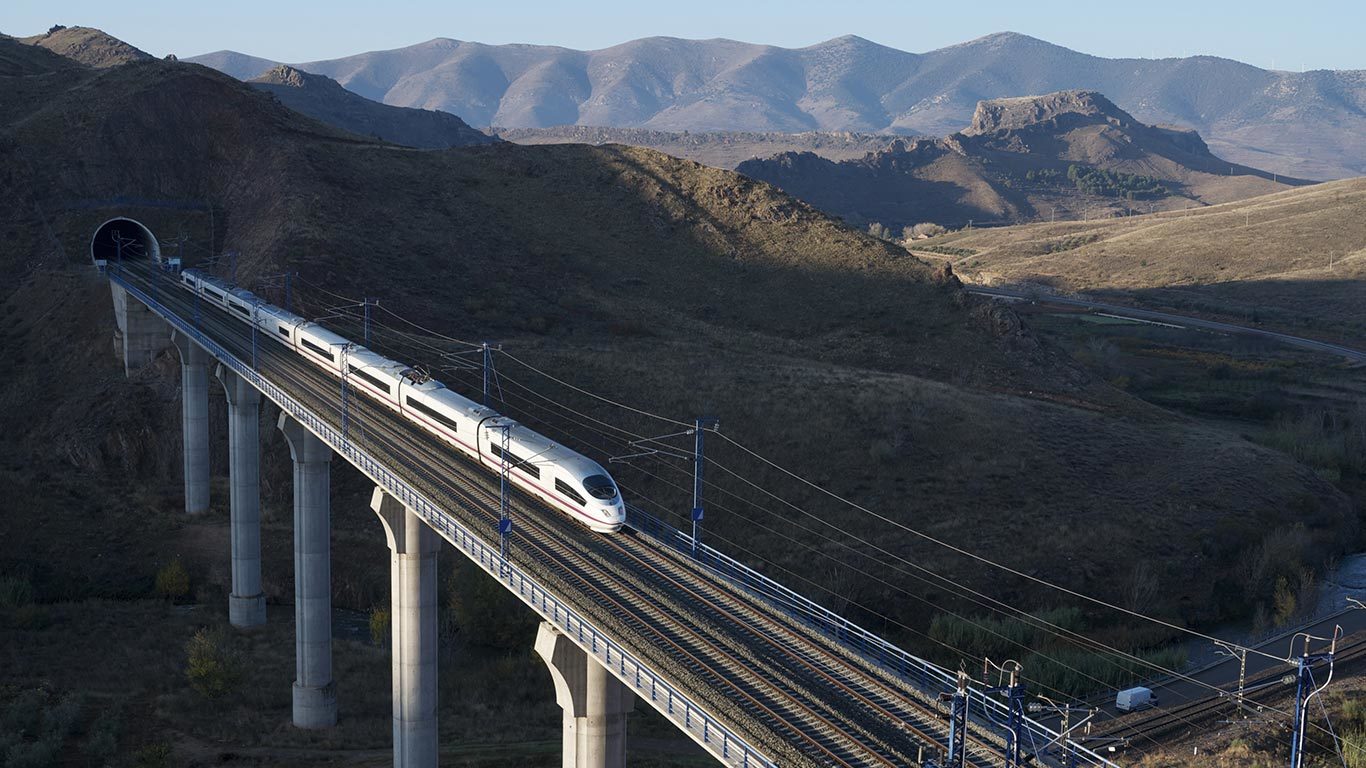The decision was taken less than 15 years ago, but it already seems to belong to the distant past. In March 2011, in the wake of the Fukushima accident in Japan, Angela Merkel made official Germany’s definitive nuclear phase-out. At the time, some imagined that this decision by Europe’s leading economic power would be emulated on the old continent, and doubtless throughout the world. A decade later, Germany’s choice seems to have gone against the grain. Even more so since Russia’s invasion of Ukraine in February 2022 and its consequences for the energy market. The proof is in the figures. Around 11% of the world’s electricity is now generated by 443 nuclear power plants in 30 countries (source: IAEA). What’s more, by 2030, nuclear power generation is expected to be 15% higher than in 2020. Contrary to popular belief, this trend is not limited to the Western world. In addition to Europe and North America, interest in nuclear power is also growing in the Gulf States, Africa, Asia and India.
Is the cultural battle about to be won?
Why is the atom so attractive? For many countries, nuclear power is now seen as a controlled energy source that guarantees low electricity production costs. This makes it possible to achieve a form of autonomy and energy sovereignty, unlike gas and oil, which are more subject to price fluctuations. Above all, nuclear power offers a concrete solution for reducing greenhouse gas emissions and thus curbing climate change. Attractive to governments, these advantages also seem convincing to households affected by inflation. In an Ifop poll taken in September 2022, just 6% of French people said they were “completely opposed” to nuclear power generation in France. In fact, 65% were “in favor” of plans to build new reactors in France. All of which confirms Emmanuel Macron’s energy choices. His aim is to make France “the first major industrial country to move away from dependence on fossil fuels”, thanks in particular to the construction of six second-generation EPRs (pressurized reactors) before 2040. This represents a total investment of 50 billion euros. For the record, nuclear power already accounts for 70% of France’s energy mix, and our country has the second-largest nuclear fleet in the world after the United States.
Safety and waste: priority challenges
This positive outlook should not blind us to the major challenges facing the nuclear industry as it continues to grow and expand worldwide. Plant safety is obviously one of them. Several decades after their startup, many reactors have exceeded their expected lifespan, requiring major investment to keep them in service. In France, this is precisely the aim of the major refurbishment programs implemented to improve the safety of nuclear power plants, in particular by preventing the dispersion of radioactive products. We also need to analyze and share the conclusions of all incidents recorded, to ensure that the world’s nuclear fleet is part of a continuous improvement process. Without falling into the trap of catastrophism. While it is essential to monitor the health of our plants, and although incidents are always possible, nuclear power is still considered safe by industry specialists and the authorities. This optimism also applies to the subject of radioactive waste. In the absence of a miracle solution for eliminating nuclear waste, today it is perfectly packaged and stored by companies with long-standing expertise and recognized standards. Orano, for example, is owned by the French government.
SMR: the nuclear power of the day after tomorrow?
For the industry, the current challenge is also technological. First-generation reactors are gradually being replaced by more advanced power plants. Several technologies are on the starting line. One of these is ITER, an international research project to design a nuclear fusion reactor. The first experimental unit is currently under construction at Cadarache in the Bouches-du-Rhône region of France. Small modular reactor (SMR) technology is also attracting the attention of the energy world. On paper, this new type of power plant – with outputs ranging from 20 to 300 MWe – has serious potential for widespread deployment. Lighter, more local and, above all, more compact, SMR power plants should be able to fit into a site of just ten hectares, compared with ten times more for a conventional nuclear site. In France, EDF, the French Atomic Energy Commission (CEA) and a dozen French start-ups are already working on this type of solution. Hexana, for example, is working on the design of a modular sodium-cooled fast-neutron nuclear reactor. Its strong point? Reuse used materials from today’s nuclear industry to reduce dependence on uranium. A chemical element whose resources are abundant, but sometimes located in economically and politically unstable countries. Hexana hopes to have its first prototype operational by 2030. Before then, as always, the promoters of SMR will have to convince people of the acceptability of their solution. But they will also need to inspire a new generation of engineers and technicians to join their design and construction teams. Young professionals who will have no shortage of work to do to meet the immense expectations surrounding nuclear power generation in a zero-carbon world. The energy of the future is being invented today.







 FOR A BETTER EXPERIENCE
FOR A BETTER EXPERIENCE